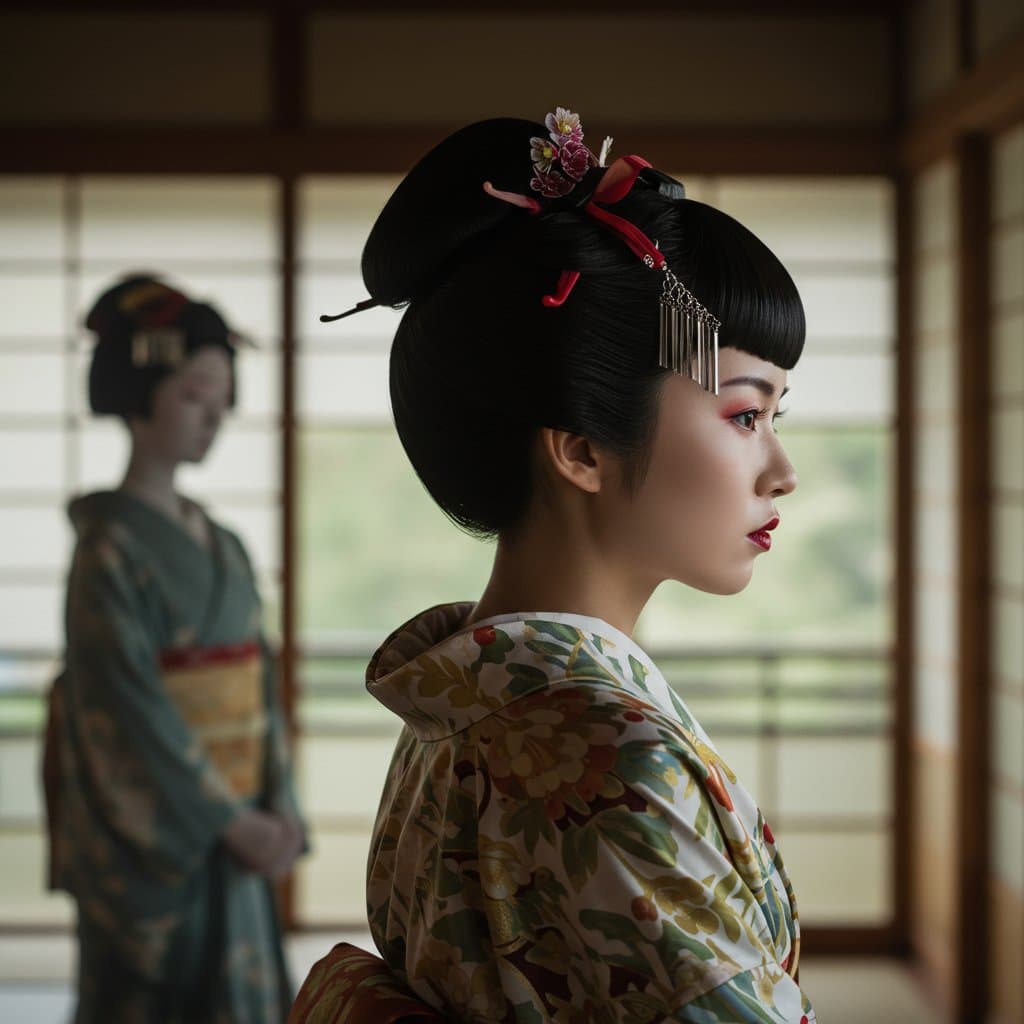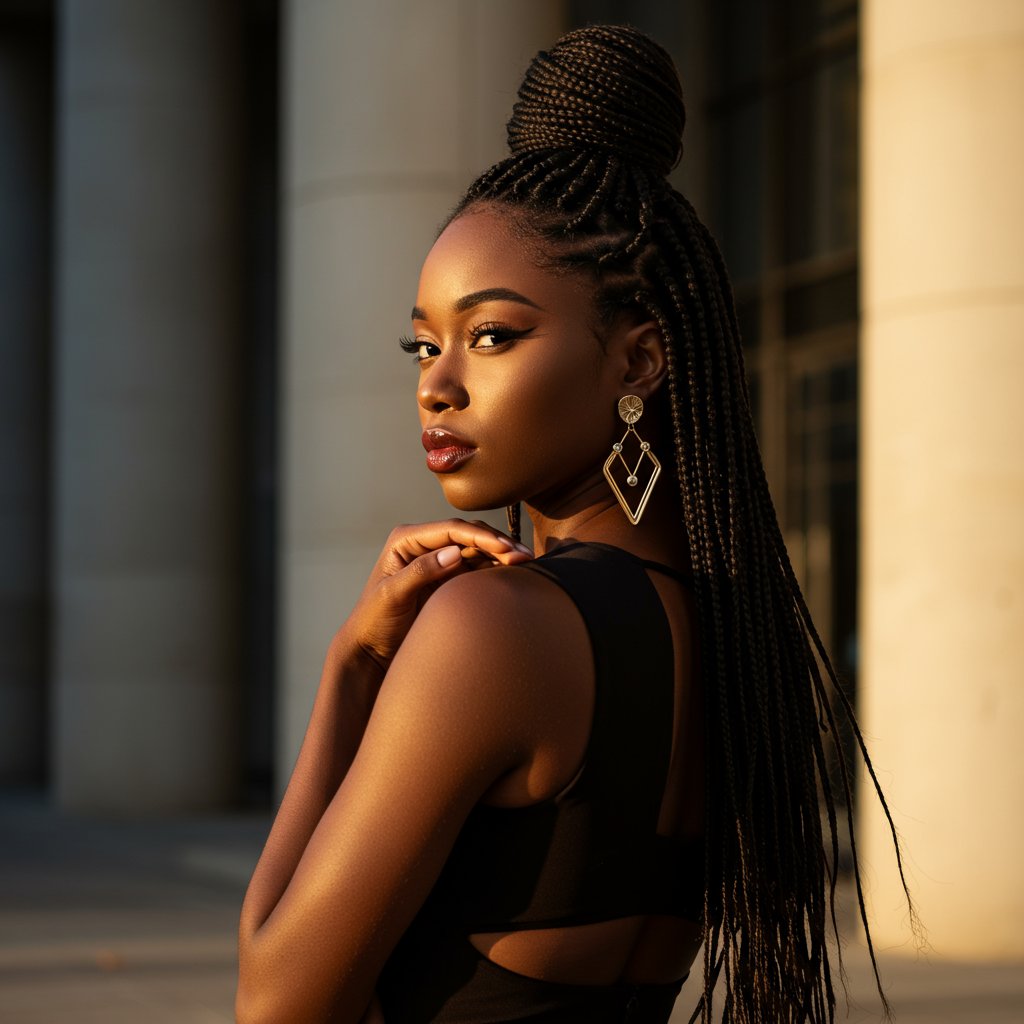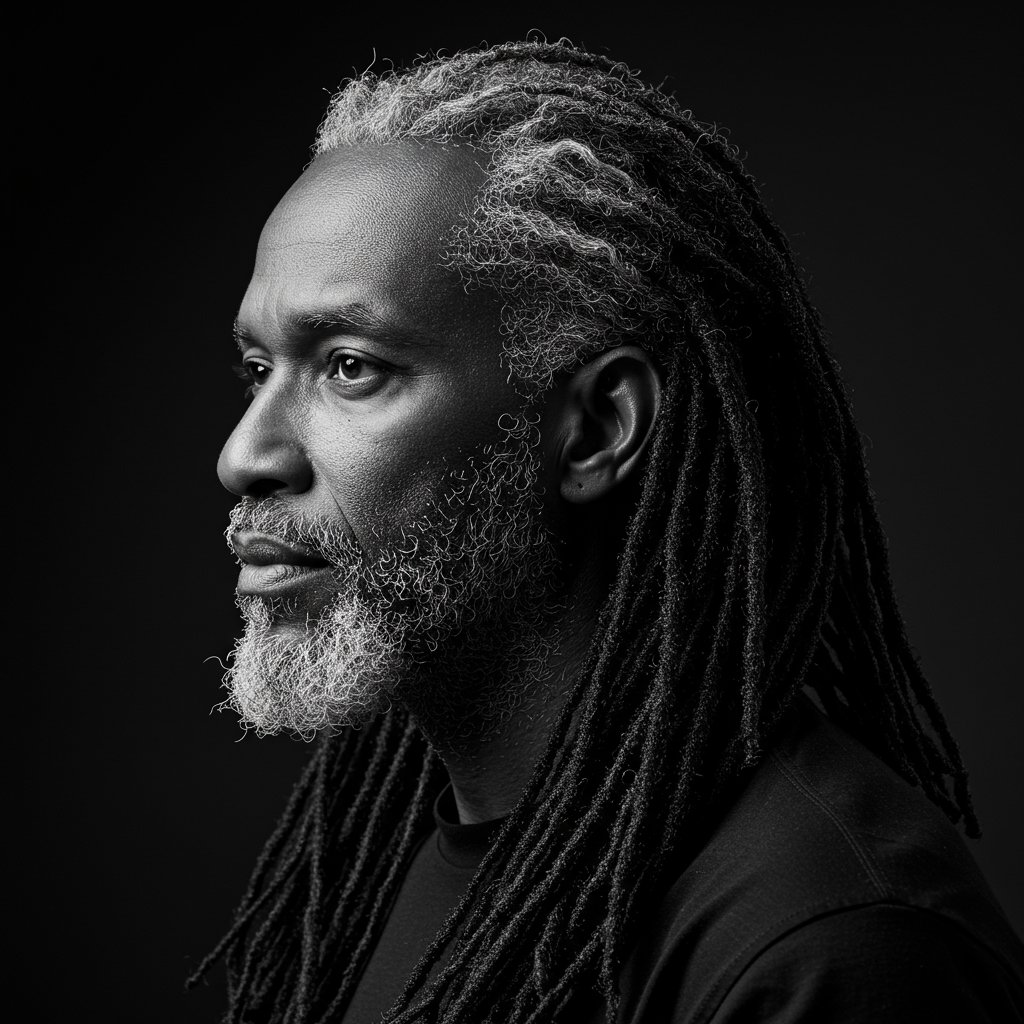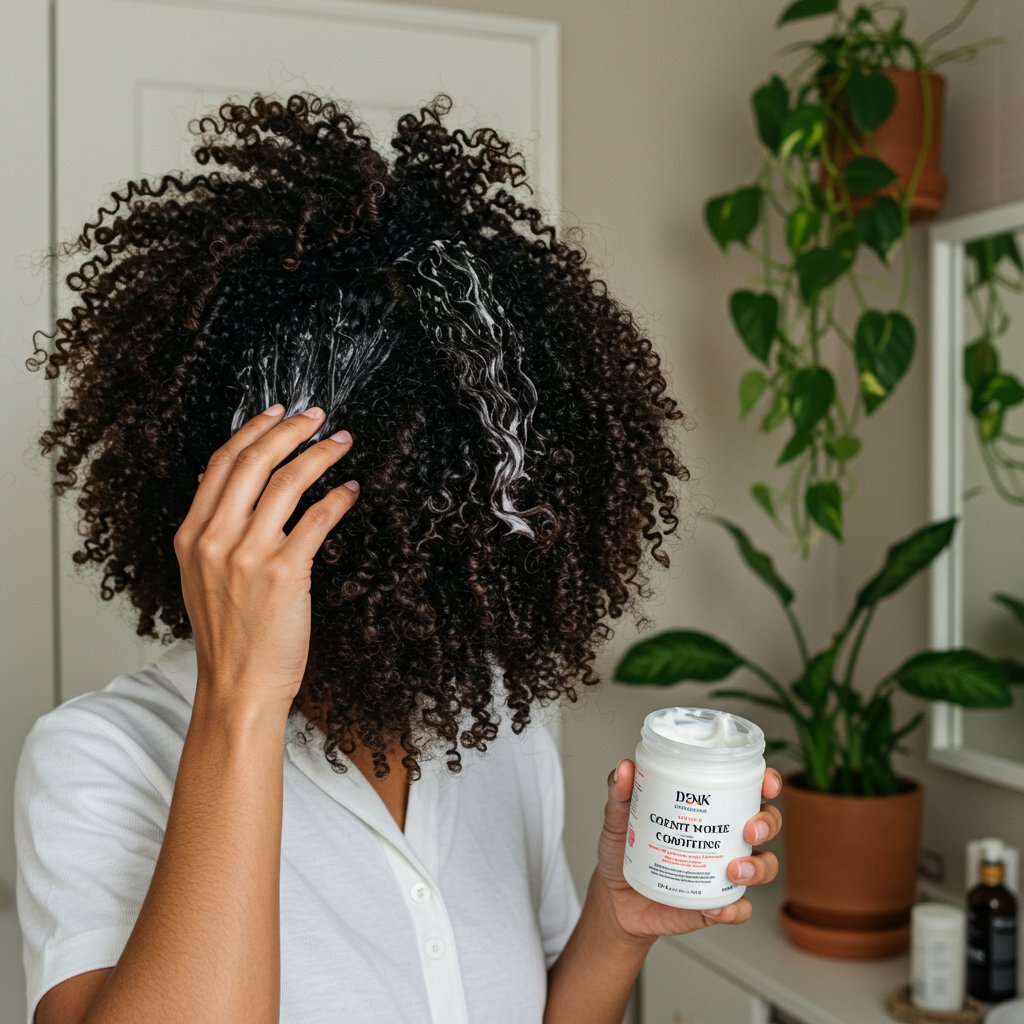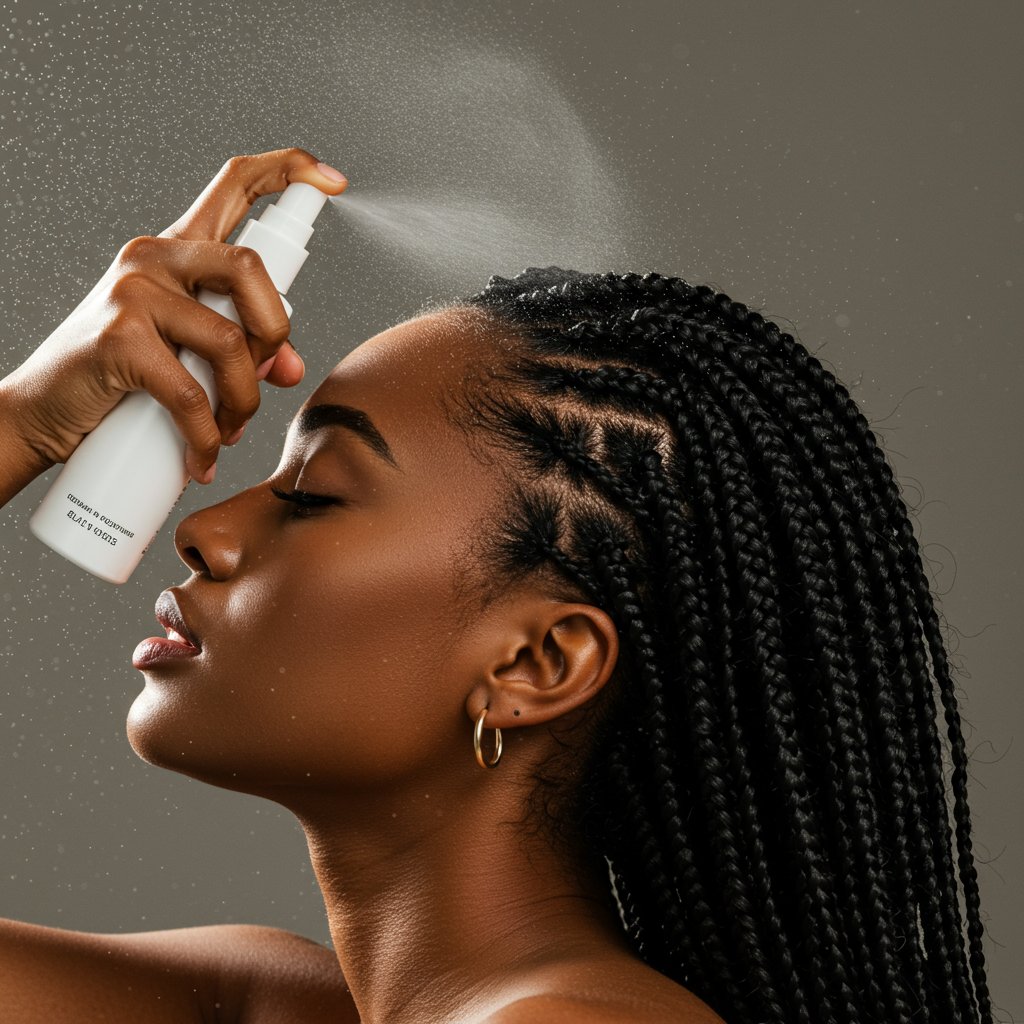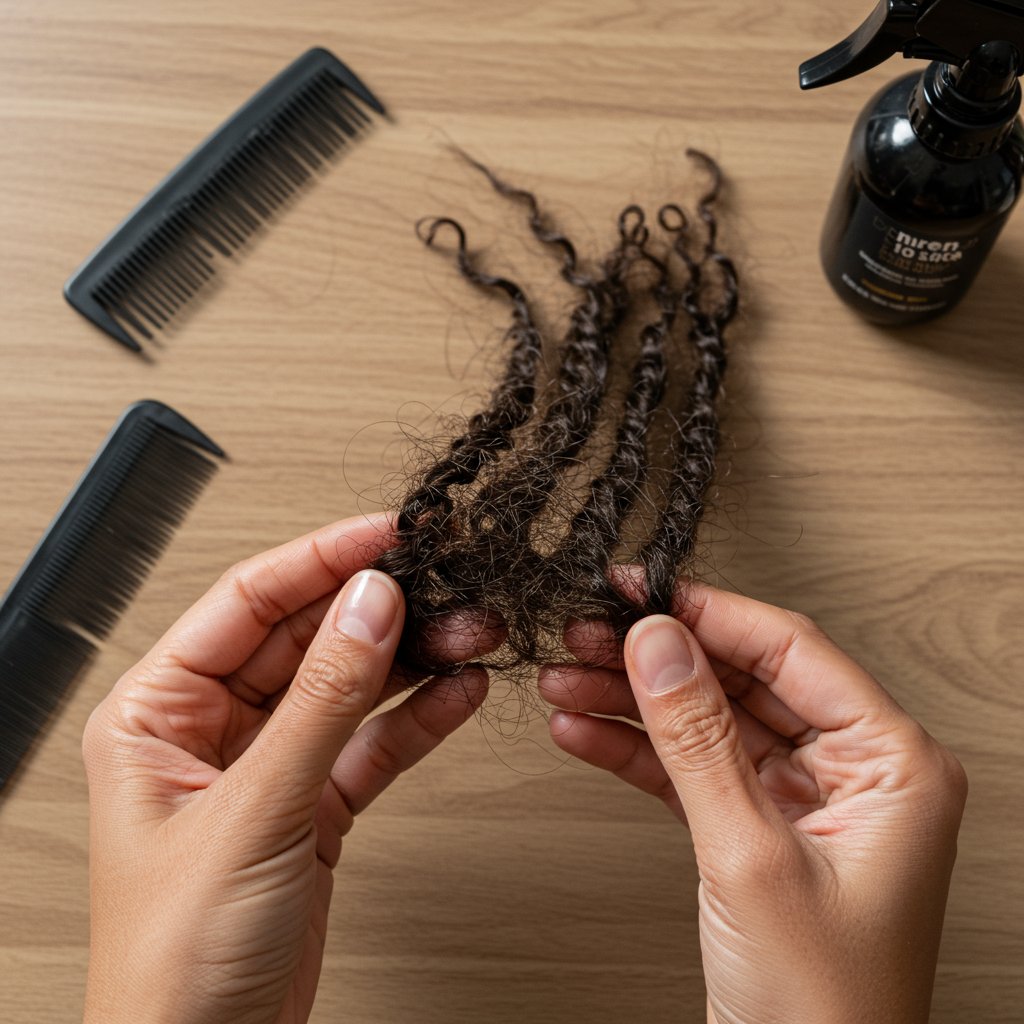Introduction: Embracing the Power of Protective Styling
For centuries, women of African descent have adorned their hair in intricate braids, twists, and locs. These styles are not just a testament to cultural heritage and beauty; they are a cornerstone of healthy hair care. Welcome to the ultimate guide to protective styles for natural hair, a practice designed to shield your delicate strands from the daily stresses of manipulation, environmental factors, and breakage. By tucking away the ends of your hair, you create an optimal environment for growth, length retention, and overall hair health. Whether you're a seasoned naturalista or just beginning your journey, understanding the world of protective styling is a game-changer.
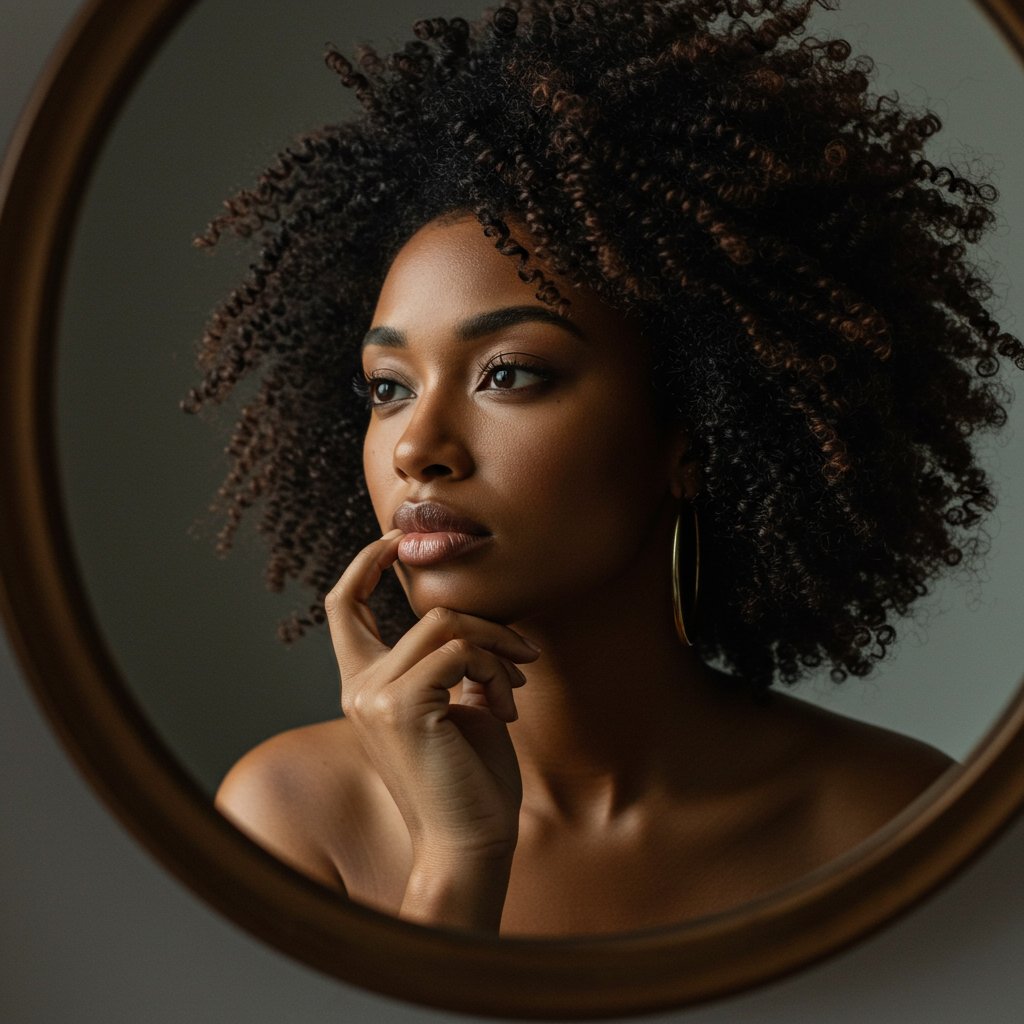
This comprehensive guide will delve into the three pillars of protective styling: braids, twists, and locs. We will explore the vast array of options within each category, from the timeless elegance of box braids to the bohemian charm of passion twists and the profound journey of locs. Beyond just showcasing the styles, we will equip you with the essential knowledge for proper preparation, meticulous maintenance, and safe removal. A successful protective style isn't just about the installation; it's about the holistic care that ensures your natural hair emerges stronger, longer, and healthier than before. Let's embark on this journey to unlock your hair's full potential through the art and science of protective styling.
What Are Protective Styles and Why Are They Essential?
At its core, a protective style is any hairstyle that keeps the ends of your hair tucked away and minimized manipulation. The ends are the oldest and most fragile part of the hair shaft, making them highly susceptible to splitting, knotting, and breaking. By shielding them from friction against clothing, harsh weather conditions, and the constant touching, combing, and styling, you drastically reduce mechanical damage. This preservation of the ends is the secret to retaining length. While hair is always growing from the scalp at its own predetermined rate, protective styles ensure that the length you gain isn't lost to breakage, allowing you to see tangible progress on your hair growth journey.
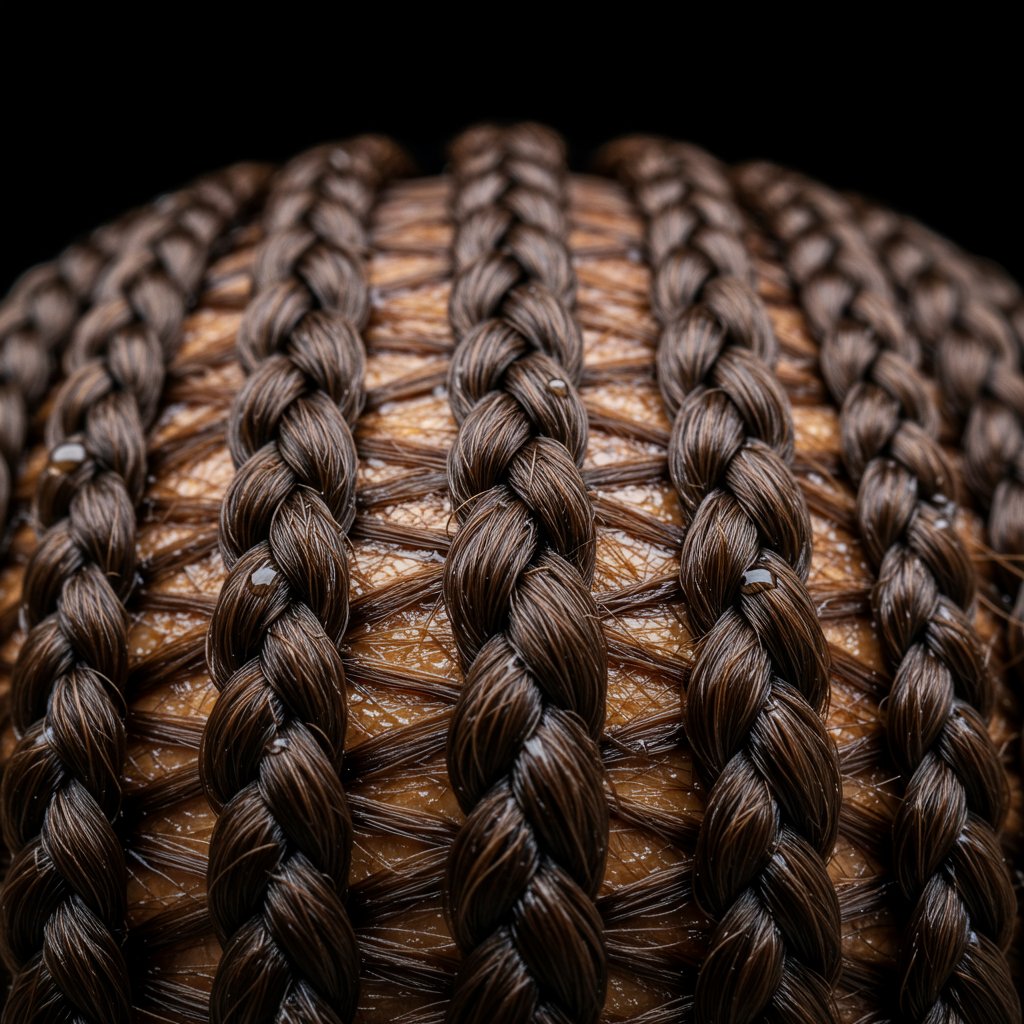
Beyond length retention, the benefits of protective styling are multifaceted. They offer a much-needed break from the daily styling routine, saving you time and reducing the stress on your strands from heat tools, harsh gels, and constant combing. This low-manipulation environment allows your hair to simply rest and grow. Furthermore, protective styles are an incredible vehicle for self-expression, offering endless versatility. You can experiment with different colors, lengths, and textures without committing to a permanent change on your natural hair. For anyone looking to improve hair health, manage high-porosity hair that loses moisture quickly, or simply enjoy a beautiful, long-lasting style, protective styling is an indispensable tool in their hair care arsenal.
The World of Braids: From Classic to Contemporary
Braids are arguably the most recognized and versatile category of protective styles, with a rich history spanning continents and cultures. They involve intertwining three or more strands of hair and can be created using just natural hair or with the addition of extensions for length, volume, and color. The beauty of braids lies in their diversity, offering a style for every occasion, personality, and hair type.
Box Braids: The Timeless Classic
Box braids get their name from the square-shaped, or "boxy," partings on the scalp. This iconic style is beloved for its uniformity and longevity. Traditional box braids begin with a small knot at the base to secure the extension, while the modern "knotless" technique has gained immense popularity for its flatter, more natural-looking start. Knotless braids create significantly less tension on the scalp, making them a gentler option. Box braids can be customized in various sizes, from micro to jumbo, and lengths, from a chic bob to dramatic floor-length tresses, offering a truly personalized look.
Cornrows: The Foundational Style
Cornrows are a foundational braiding technique where the hair is braided flat against the scalp in straight lines or intricate geometric and curvilinear designs. They are incredibly versatile, serving as a stunning standalone style or as the base for wigs, weaves, and crochet styles. When done with care, cornrows can last for several weeks and provide excellent protection. Their cultural significance is profound, with patterns often historically signifying social status, tribe, or even escape routes.
Fulani and Tribal Braids: A Cultural Statement
Inspired by the Fula people of West Africa, Fulani braids are characterized by a pattern that typically includes one or more cornrows braided down the center of the head, with additional cornrows braided towards the face on each side. The style is often adorned with beads, shells, or gold cuffs, making it a beautiful and ornate expression of cultural heritage. Tribal braids encompass a wide range of styles inspired by various African traditions, often featuring unique parting systems and intricate patterns that tell a story.
Terrific Twists: A Softer, Lighter Alternative
Twists offer a fantastic alternative to braids, often providing a lighter feel and a different aesthetic. Created by wrapping two sections of hair around each other, twists can be installed with extensions or on natural hair (two-strand twists). They are generally quicker to install and take down than braids and result in a beautiful, rope-like appearance. The texture of the extension hair used is key to creating distinct styles.
Senegalese Twists
Often called "rope twists," Senegalese twists are known for their smooth, sleek, and shiny appearance. They are typically created using Kanekalon or other silky braiding hair, which is meticulously twisted from root to tip. The result is a highly defined, uniform twist that offers a polished and elegant look. They are versatile in size and length and are a popular choice for their classic beauty.
Marley and Havana Twists
For those seeking a more natural, voluminous look, Marley and Havana twists are the perfect option. These styles use hair extensions that mimic the kinky, coarse texture of natural hair. Marley twists use a finer textured hair for a slightly smaller, more defined look, while Havana twists use larger, more fluffy hair for a chunkier, more dramatic effect. These twists blend seamlessly with natural hair and offer a lightweight, low-tension style that is both beautiful and comfortable.
Passion Twists
Passion twists are a relatively new but wildly popular style that combines the best of both worlds: the bohemian, carefree look of goddess locs with the ease of a two-strand twist. They are created using Freetress Water Wave hair, which gives them their signature silky feel and curly, undone texture. The result is a stunningly beautiful, lightweight, and voluminous style that looks effortlessly chic and is perfect for vacations or a summery vibe.
The Journey of Locs: A Permanent Protective Style
Unlike temporary styles like braids and twists, locs (or dreadlocks) are a long-term, often permanent, commitment to a beautiful and profound hair journey. Locs are formed by allowing hair to mat or coil into rope-like strands through various techniques. This is more than just a hairstyle; it's a lifestyle that requires patience, dedication, and a unique care regimen. The journey of cultivating mature locs is deeply personal and rewarding.
Starting Your Locs
There are several methods to begin the loc journey, and the best one depends on your hair type, density, and desired outcome. Common starter methods include comb coils (ideal for shorter hair), two-strand twists, and braids (braidlocs). Each method will result in a different initial look and texture as the hair begins to loc. Consulting with a professional loctician is highly recommended to choose the best path for your hair and to ensure a healthy foundation for your locs.
Loc Maintenance and Care
Maintaining healthy locs revolves around a few key principles: a clean scalp, proper moisture, and regular retightening. It's crucial to wash locs regularly with a residue-free shampoo to prevent buildup, which can cause odor and weaken the locs. Between washes, moisturizing with light oils or rosewater sprays keeps the hair hydrated. Retightening, which involves re-twisting or interlocking the new growth at the root, is typically done every 4 to 8 weeks to maintain the neatness and integrity of the parting grid. The journey to mature locs can take years, but the result is a strong, versatile, and deeply meaningful hairstyle.
Preparation is Key: Getting Your Hair Ready for a Protective Style
The longevity and success of any protective style begin long before the first braid or twist is installed. Proper preparation is non-negotiable for ensuring your hair is in its best possible condition to be tucked away for several weeks. Skipping this step can lead to dryness, breakage, and scalp issues under your style. A healthy foundation is everything.
Deep Cleansing and Clarifying
The first step is to thoroughly cleanse your hair and scalp. Use a clarifying shampoo to remove all product buildup, dirt, and oils. This creates a clean slate, allowing moisture to penetrate the hair shaft effectively and preventing potential scalp irritation or fungus from being trapped under the style. Pay close attention to the scalp, giving it a gentle but firm massage to lift any debris.
Deep Conditioning and Moisturizing
After clarifying, your hair needs a powerful infusion of moisture and strength. This is the time for your best deep conditioner or hair masque. Choose a product rich in hydrating and strengthening ingredients. Apply it generously, ensuring every strand is coated, and let it sit for at least 30 minutes, preferably with heat (like a hooded dryer or steam cap) to help the cuticle open and absorb the maximum benefits. Follow up with the L.O.C. (Leave-in, Oil, Cream) or L.C.O. method to seal in that moisture before blow-drying or air-stretching your hair in preparation for installation.
Trimming Your Ends
Before putting your hair away, it's wise to get a professional trim. Installing a style on hair with split ends can be detrimental, as those splits can travel up the hair shaft unnoticed, causing significant damage over the weeks. A fresh trim ensures your ends are healthy and sealed, preventing breakage and promoting the retention of healthy length while in the protective style.
Maintenance and Care: Making Your Style Last
Once your beautiful protective style is installed, the work isn't over. A consistent maintenance routine is crucial for keeping your scalp healthy, your natural hair moisturized, and the style looking fresh for as long as possible. Neglecting your hair while it's in a protective style is a common mistake that can negate all its benefits.
Scalp Health is Paramount
A clean scalp is a healthy scalp. You can't just ignore it for 6 weeks. To cleanse your scalp without disrupting your style, use a spray bottle filled with water and a small amount of sulfate-free shampoo or apple cider vinegar. Spritz directly onto the scalp, gently massage with the pads of your fingers (not nails!), and rinse thoroughly. You can also use a cloth soaked in witch hazel or sea breeze to wipe down your parts and remove buildup between washes. Follow up with a light oil like jojoba or grapeseed oil to soothe the scalp.
Moisturize, Moisturize, Moisturize
Your hair still needs moisture even when it's in braids or twists. Create a daily spritz with water, a bit of leave-in conditioner, and a few drops of your favorite oil. Lightly mist your hair every day or every other day, focusing on the length of the style where your natural hair is encased. This prevents your hair from becoming dry and brittle, which can lead to breakage during the takedown process.
Nighttime Protection
This is a non-negotiable step. Friction from cotton pillowcases can cause frizz, dryness, and unnecessary tension on your edges. Protect your investment and your hair by sleeping in a large satin or silk bonnet or scarf. If you have very long braids or twists, a long bonnet is ideal. Alternatively, sleeping on a satin or silk pillowcase provides an extra layer of protection.
The Takedown Process: Safely Removing Your Style
How you take down your protective style is just as important as how you install and maintain it. Rushing through this process can cause massive, heartbreaking breakage, undoing all the length you worked so hard to retain. Patience is your best friend during takedown. Set aside several hours, put on your favorite show or podcast, and give your hair the gentle care it deserves.
Tools and Products
Gather your tools before you begin. You'll need a pair of scissors, a rat-tail comb for unraveling, and a spray bottle filled with water and a slippery conditioner or a dedicated takedown detangling product. Having a good conditioner with lots of slip is crucial for melting away the knots and shed hair that have accumulated over the weeks. It's normal to see a significant amount of shed hair; remember, you lose 50-100 strands a day naturally, and all of that has been trapped in the style.
Step-by-Step Takedown
Work in small sections. First, cut the end of the braid or twist, making sure to cut well below where your natural hair ends. Then, use your fingers or the tail of your comb to gently unravel the style. Once a section is unraveled, spray it generously with your conditioner mix until it's saturated. Use your fingers to gently separate the strands and remove the bulk of the shed hair. Follow up with a wide-tooth comb, starting from the ends and working your way up to the roots. Never, ever try to comb through a dry, matted section. Once a section is fully detangled, twist or braid it loosely to keep it from re-tangling while you work on the rest of your head.
Frequently Asked Questions (FAQ)
Q1: How long should I keep a protective style in?
A: Most professional stylists recommend keeping a protective style with added extensions in for no longer than 6 to 8 weeks. Leaving a style in for too long can lead to matting at the roots, excessive product buildup, and potential breakage from the weight and tension.
Q2: Can protective styles cause hair damage or traction alopecia?
A: Yes, if installed incorrectly. Styles that are too tight, too heavy, or left in for too long can put excessive tension on the hair follicles, leading to breakage and a form of hair loss called traction alopecia. It's crucial to ensure your stylist does not braid too tightly, especially around the delicate hairline.
Q3: How do I stop my scalp from itching with braids?
A: Itching is often caused by a dry scalp, an allergic reaction to the synthetic hair, or product buildup. Before installation, you can pre-soak synthetic hair in an apple cider vinegar rinse to remove the alkaline coating. During wear, keep your scalp clean and moisturized with light oils or anti-itch scalp sprays containing ingredients like tea tree oil or peppermint oil.
Q4: Can I wash my hair while in a protective style?
A: Absolutely! It's important to keep your scalp clean. Focus on the scalp when washing. Use a diluted sulfate-free shampoo in a spray bottle, massage it into the scalp, and rinse thoroughly. Be gentle to avoid creating too much frizz. It's important to ensure the hair dries completely to prevent mildew.
Q5: What's the difference between knotless braids and traditional box braids?
A: The main difference is the installation technique. Traditional box braids start with a small knot at the base where the extension is looped around the natural hair. Knotless braids use a feed-in method, where the extension is gradually added to the natural hair, resulting in a flatter, more seamless look with less tension on the scalp.
Conclusion: Your Journey to Healthier Hair
Protective styles are more than just a convenient and beautiful way to wear your hair; they are a powerful strategy for nurturing its health and achieving your length goals. From the sharp parts of box braids to the soft coils of passion twists and the enduring elegance of locs, there is a style that can perfectly match your aesthetic and lifestyle. The key to unlocking their full potential lies not just in the installation, but in the complete cycle of care: meticulous preparation, diligent maintenance, and a patient, gentle takedown.
By embracing these principles, you honor your hair's needs and set it up for success. Remember that listening to your hair is paramount; if a style feels too tight or causes discomfort, it's not truly protective. We encourage you to explore the incredible world of protective styles for natural hair, consult with experienced stylists who prioritize hair health, and enjoy the freedom, versatility, and growth that they can bring. Your journey to long, strong, and thriving natural hair is a beautiful one, and protective styling is one of the most effective tools to help you get there.





